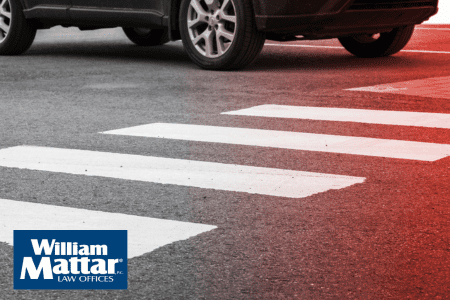

(844) - 444-4444

As examined in a previous blog entry, autonomous vehicle rely on an array of technologies—from cameras to sensors to more sophisticated “lidar”—to navigate roadways. An article in Fortune, “What Happened When Ford Tested Its Self-Driving Car in Total Darkness” explores just how advanced self-driving technologies have become.
The article discusses a “recent test at Ford’s Arizona proving ground” where a self-driving car navigated a winding road at night without headlights “showing that it can operate without the usual cameras that depend on sunshine and street lamps.”
According to the article, while self-driving cars typically rely on “combination of radar, cameras, and . . . lidar to detect—and avoid—what’s around it, the test “showed lidar is advanced enough to operate independently on roads that don’t have stoplights.”
In other words, the test seems to suggest that LiDAR alone may be a sufficient to safely operate a self-driving car. According to a high-ranking Ford employee, “[t]hanks to LiDAR, the test cars aren’t reliant on the sun shining, nor cameras detecting painted white lines on the asphalt . . . In fact, LiDAR allows autonomous cars to drive just as well in the dark as they do in the light of day.”
Just how does LiDAR work? According to the article it
“emits short pulses of laser light so that the vehicle’s software can create a real-time, high-definition 3D image of what’s around it. Ford’s lidar sensors, which shoot out 2.8 million laser pulses a second, detects nearby objects and uses cues to determine the best driving path.
These short pulses of laser light triangulate with “high-resolution 3D maps, which include information about road markings, signs geography, landmarks, and topography.”
In essence, LiDAR appears to allow self-driving cars to “feel” their way across the landscape and roadway, regardless of the weather or time of day: “When a vehicle can’t see the ground, it detects above-ground landmarks to pinpoint itself on the map, and then uses that map to drive successfully in inclement conditions.”
While LiDAR appears to be superior technology, Ford is not placing all of its eggs in one basket by ditching other types of sensors. As explained, “[s]elf-driving cars need as much data as they can process to make them better drivers than humans,” and, presumably, the more information fed into the system, the safer it will be.
At William Mattar, we offer a free case evaluation if you or someone you know was injured in a car accident. For your free case evaluation, contact one of our Buffalo car accident lawyers.





